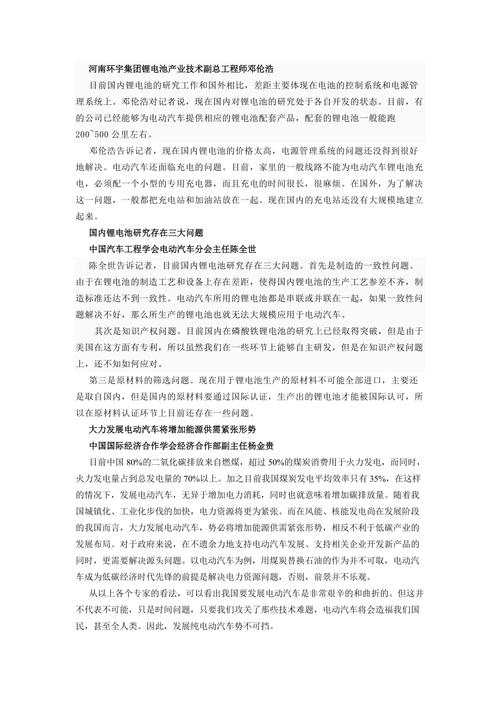Introduction
Analysis of Price Increase in New Energy
New energy, including renewable energy sources such as solar, wind, hydro, and bioenergy, has been gaining momentum globally as a sustainable alternative to traditional fossil fuels. However, the prices of new energy sources have been fluctuating, leading to concerns about the affordability and accessibility of these technologies. In this paper, we will analyze the factors contributing to the price increase in new energy and provide insights into the future trends in this sector.
Several factors can contribute to the increase in prices of new energy sources:

- Technological Advancements: The initial high costs of developing and implementing new energy technologies can lead to higher prices. As technologies mature and become more efficient, prices are expected to decrease over time.
- Government Policies: Subsidies, taxes, and regulations can impact the cost of new energy sources. Changes in government policies can either increase or decrease prices in the short term.
- Supply Chain Disruptions: Disruptions in the supply chain, such as raw material shortages or transportation issues, can lead to price fluctuations in the new energy sector.
- Market Demand: Increasing demand for new energy sources can drive prices up, especially if supply struggles to keep pace with demand.
- Global Economic Conditions: Economic factors such as inflation, exchange rates, and geopolitical events can also influence the prices of new energy technologies.
Let's take a look at a few case studies to illustrate the price increase in new energy:
Looking ahead, several trends are expected to shape the future of new energy prices:
- Continued Technological Innovation: Advances in new energy technologies will drive prices down and improve efficiency, making these sources more competitive with traditional fuels.
- Policy Support: Stable and supportive government policies can help reduce uncertainties in the market and encourage investments in new energy projects.
- Increased Demand: As awareness of climate change and environmental issues grows, the demand for new energy sources is expected to increase, driving economies of scale and further price reductions.
In conclusion, while the prices of new energy sources may experience fluctuations in the short term, the long-term outlook is positive as technological advancements and supportive policies drive prices down. By investing in research and development, promoting sustainable practices, and fostering a supportive regulatory environment, we can ensure a smooth transition to a more sustainable energy future.
